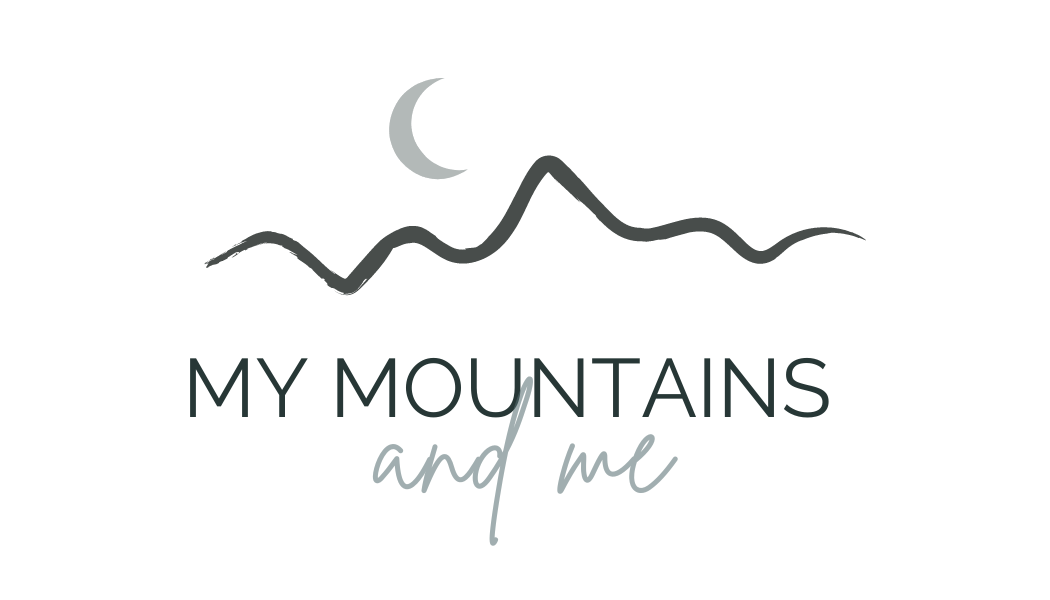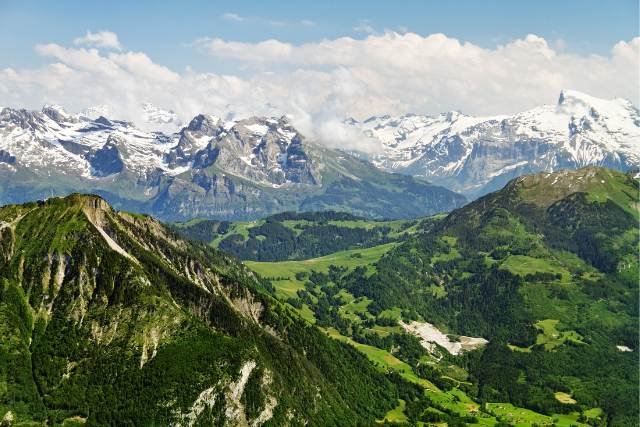The Highest Mountains in Europe
When you think of Europe's highest mountains, images of majestic snow-capped peaks, rugged terrain, and breathtaking vistas come to mind. While the continent is famed for its rich history and diverse cultures, it also boasts some of the world's most impressive mountain ranges. These towering giants offer thrilling adventures for climbers, hikers, and nature enthusiasts alike.
Join me as we explore the highest mountains in Europe…
Jump Ahead To:
Where are the Highest Mountains in Europe?
Europe's highest mountains are primarily concentrated in the Alps, the Caucasus, and the Pyrenees. These mountain ranges stretch across several countries, offering a diverse array of landscapes and climbing experiences.
The Alps, perhaps the most famous of these ranges, span eight countries, including France, Switzerland, Italy, and Austria. The Caucasus Mountains, located between the Black Sea and the Caspian Sea, form the natural boundary between Europe and Asia, with Mount Elbrus standing as their crowning glory. The Pyrenees, straddling the border between France and Spain, provide another dramatic backdrop of peaks and valleys.
These ranges not only define the geography of Europe but also play a significant role in its culture, attracting millions of visitors every year.
What is the Highest Mountain in Europe?
The highest mountain in Europe is Mount Elbrus, standing at an impressive 5,642 meters (18,510 feet) above sea level.
Located in the Caucasus Mountains in Russia, Mount Elbrus is a dormant volcano that boasts two summits, both of which are higher than any other peaks on the continent.
The mountain's iconic twin peaks and its challenging terrain make it a premier destination for climbers from around the world. Despite its formidable height, Mount Elbrus is accessible to climbers of various skill levels, thanks to established routes and a supportive climbing infrastructure.
Its breathtaking views and the sense of achievement upon reaching the summit ensure that Elbrus remains a pinnacle of mountaineering in Europe.
How Many Mountains Are in Europe?
Europe is home to thousands of peaks (over 200,000!), ranging from modest hills to towering giants over 5,000 meters. Key mountain ranges like the Alps, Caucasus, Pyrenees, Carpathians, and the Scandinavian Mountains host the majority of Europe's highest and most significant peaks. These mountains not only shape the continent's physical landscape but also influence its climate, biodiversity, and cultural heritage.
The highest mountains in Europe are primarily concentrated in the Alps and the Caucasus. The Alps, stretching across eight countries, are famed for their scenic beauty and mountaineering opportunities.
The Caucasus Mountains, straddling the border between Europe and Asia, are home to Europe's highest peaks, including Mount Elbrus. Each of these ranges offers a unique blend of challenging climbs, stunning vistas, and rich ecosystems, making them prime destinations for adventurers and nature enthusiasts.
Top 10 Highest Mountains in Europe
Let's delve into the list of the top 10 highest mountains in Europe, ranked by their elevation:
Mount Elbrus - 5,642 meters (18,510 feet)
The highest mountain in Europe, Mount Elbrus, located in the Caucasus Mountains in Russia, is a dormant volcano and a coveted summit for climbers worldwide.Dykh-Tau - 5,205 meters (17,077 feet)
Also situated in the Caucasus, Dykh-Tau is known for its challenging routes and steep ascents, making it a favourite among experienced mountaineers.Shkhara - 5,193 meters (17,040 feet)
The third highest peak, Shkhara, straddles the border between Russia and Georgia and is part of a stunning massif offering breathtaking alpine scenery.Koshtan-Tau - 5,144 meters (16,877 feet)
Another towering giant in the Caucasus, Koshtan-Tau provides a formidable climb with spectacular views of the surrounding mountains.Mount Kazbek - 5,054 meters (16,581 feet)
The tallest mountain in Eastern Georgia, Mount Kazbek is a stratovolcano with an impressive pyramid-shaped peak.Tetnuldi - 4,858 meters (15,938 feet)
Located in the Caucasus Mountain Range in Georgia, Tetnuldi is renowned for its challenging climbs and stunning snow-capped summit.Mont Blanc - 4,805 meters (15,774 feet)
The highest peak in the European Alps, Mont Blanc, located in France, is an iconic mountain offering panoramic views and a variety of climbing routes.Mount Dzhimara - 4,780 meters (15,682 feet)
Situated in the Caucasus Mountain Range in Russia, Mount Dzhimara is known for its rugged terrain and breathtaking scenery.Ushba - 4,710 meters (15,453 feet)
Located in the Caucasus Mountain Range in Georgia, Ushba is famed for its dramatic twin peaks and challenging ascents, attracting experienced climbers.Monte Rosa - 4,634 meters (15,203 feet)
The highest peak in the Swiss Alps, Monte Rosa, offers a demanding climb with stunning vistas across the alpine landscape.These peaks represent the pinnacle of European mountaineering, offering a range of challenges for climbers and hikers. Whether you seek the towering heights of the Caucasus or the iconic summits of the Alps, Europe's highest mountains promise unforgettable adventures and spectacular natural beauty.
From the iconic Alps and the rugged Caucasus to the scenic Pyrenees, the highest mountains in Europe each offer unique challenges and rewards for adventurers.
Whether you're an experienced climber aiming to conquer the highest summits or a nature enthusiast seeking to immerse yourself in stunning alpine scenery, Europe's majestic mountains promise unforgettable experiences.
So, pack your gear, plan your routes, and embark on a journey to discover the awe-inspiring heights of Europe’s most prominent peaks.
Have you seen my Adventure Gift Shop?
Full of adventure inspired gifts, the My Mountains and Me Shop is home to mountain prints, adventure gifts and positive affirmation cards!




